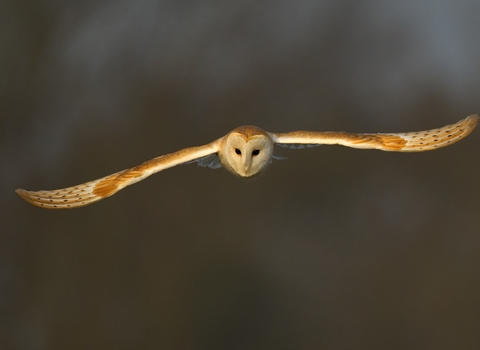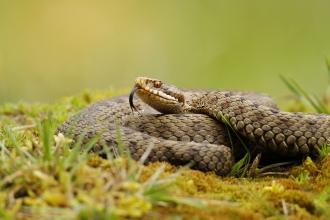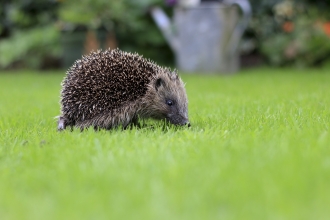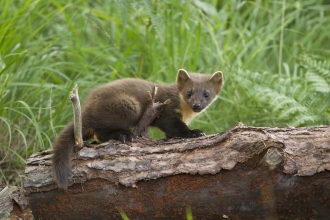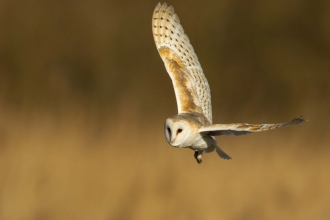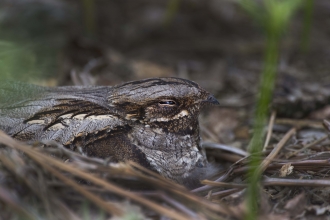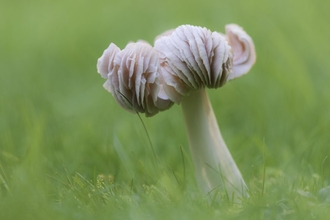We are focussing our conservation efforts on ten vulnerable species.
A biodiverse, healthy, functioning ecosystem depends on a vast variety of species. But by spotlighting a small number, we are far better able to measure impact and engage targetted action.
Each of our selected species occur in Gwent, are threatened and feature in the Greater Gwent State of Nature Report (2021.) It was also important in our selection criteria, that targeted work for chosen species would benefit countless other species in varied habitats across Gwent.
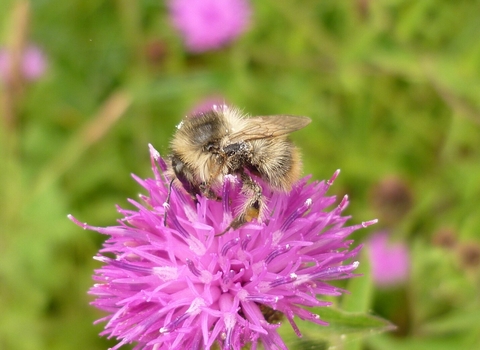
WildNet - Gabrielle Horup
Shrill Carder Bee
There are over 270 species of bee in the UK, of which 24 are Bumblebees, the Shrill Carder Bee being one of the rarest and most threatened. It gets its name due to the shrill nature of its “buzz” and its habit of combing material to form a cover for its nest, similar to the process used in the textile industry called “carding”.
Right now, we are focussing on Grayling butterfly and Shrill Carder Bee. We need your help to establish where they are currently present, where they used to be, and also importantly, where they could be: (any suitable areas where they are not currently present.)
-
Grayling are on the wing from early/mid July to early September, your best change of finding them are post-industrial sites in Torfaen and the Eastern Valleys.
-
Shrill Carder Bees are on the wing from May – September (October), your best chance of finding them is on flower-rich parts of the Gwent Levels.
Furthermore there are opportunities to undertake bee and butterfly transects for national monitoring schemes on our reserves, please contact us info@gwentwildlife.org for further details if interested.
Other ways to get involved: Big Butterfly Count
There are specific recording forms for Shrill Carder Bees on the Bees, Wasps and Ants Recording Society (BWARS) website https://www.bwars.com/content/submit-sighting-bombus-sylvarum-shrill-carder-bee
Become a species recorder
Knowing where threatened species are is a key step in their recovery. It helps us build a picture of where they might be thriving or in decline and to ensure important sites are protected.
If you are out enjoying the Gwent countryside and spot either of these species, please submit these records to SEWBReC , from where we will be able to see them. You could even undertake target visits to known or suitable sites.
Species Action Plans
View our one-page action plans, which outline the conservation status and local action priorities for recovery of each species.
Discover all ten species
Select below to read more about the wildlife we're focussing on in the Wildlife Trusts' species explorer:

